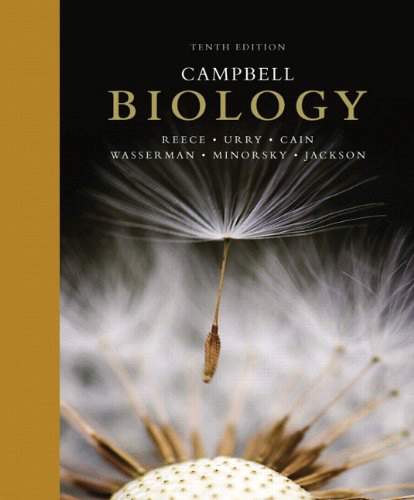Connecting...

This is a quick preview of the lesson. For full access, please Log In or Sign up.
For more information, please see full course syllabus of Biology
For more information, please see full course syllabus of Biology
Biology Genetics, Part I
Lecture Description
In this lesson, our instructor Bryan Cardella gives an introduction on part one of genetics. He discusses Gregor Mendel and Mendel's Laws of Genetics. Next he goes over some genetics and generation vocabulary. He then moves on to punnett squares, monohybrid cross, dihybrid cross, incomplete dominance, epistasis, multiple alleles, polygenic inheritance, test cross, sex-linked traits, and genetic disorders.
Bookmark & Share
Embed
Share this knowledge with your friends!
Copy & Paste this embed code into your website’s HTML
Please ensure that your website editor is in text mode when you paste the code.(In Wordpress, the mode button is on the top right corner.)
×
- - Allow users to view the embedded video in full-size.
Next Lecture
Previous Lecture










































 Answer Engine
Answer Engine


1 answer
Thu May 4, 2017 11:25 AM
Post by Scott Pearce on May 3, 2017
Greetings,
For Epistasis, wouldn't the alleles have to be dominant not recessive ?
Sorry I am confused about that.
Kind regards,
Scott Pearce
1 answer
Mon Jun 29, 2015 3:10 PM
Post by Hossain Khondaker on June 27, 2015
its weird how my eye reacts in sight of the color yellow you used in this video it kind of flashes. Why is that??
1 answer
Sun Dec 7, 2014 9:24 PM
Post by Samuel Eukbay Eukbay on December 7, 2014
Great explanation!!!!! Thank you.
1 answer
Wed Sep 3, 2014 12:34 PM
Post by Ivan de La Grange on September 2, 2014
Is not having allergies or not getting poison ivy considered a recessive trait? I say this because many of your recessive trait examples are expressed in the negative aspect. I say this because I have both traits and it seems to me that people are envious of it.
Thanks Professor Cardella.
2 answers
Last reply by: David Gonzalez
Sun Jun 29, 2014 12:17 AM
Post by David Gonzalez on June 28, 2014
Hi Mr. Cardella, I'm very new to genetics, so I apologize if this is a silly question.
Is the punette square designed to show you what the physical representation of the organism will be like? Or what they will look like on a genetic level? Or both? Thank you!
1 answer
Thu Jun 26, 2014 2:31 AM
Post by Enrique Salinas on June 25, 2014
Can u please explain the following problem?
in a dihybrid cross between bean plants with red (R)wrinkled (w)seeds and white (r) smooth (W)seeds, the F1 progeny is all red and smooth. if the plants are selfed, what proportion of the F2 will also be red and smooth if the genes are linked?
Thks!
1 answer
Sun Apr 13, 2014 9:42 PM
Post by Aziza Bouba on April 13, 2014
Can a girl have Haemophilia?
1 answer
Sun Apr 13, 2014 9:37 PM
Post by Aziza Bouba on April 13, 2014
concerning autosomal dominant: When a person is for example Hh does he or she have Hungtinton disease?